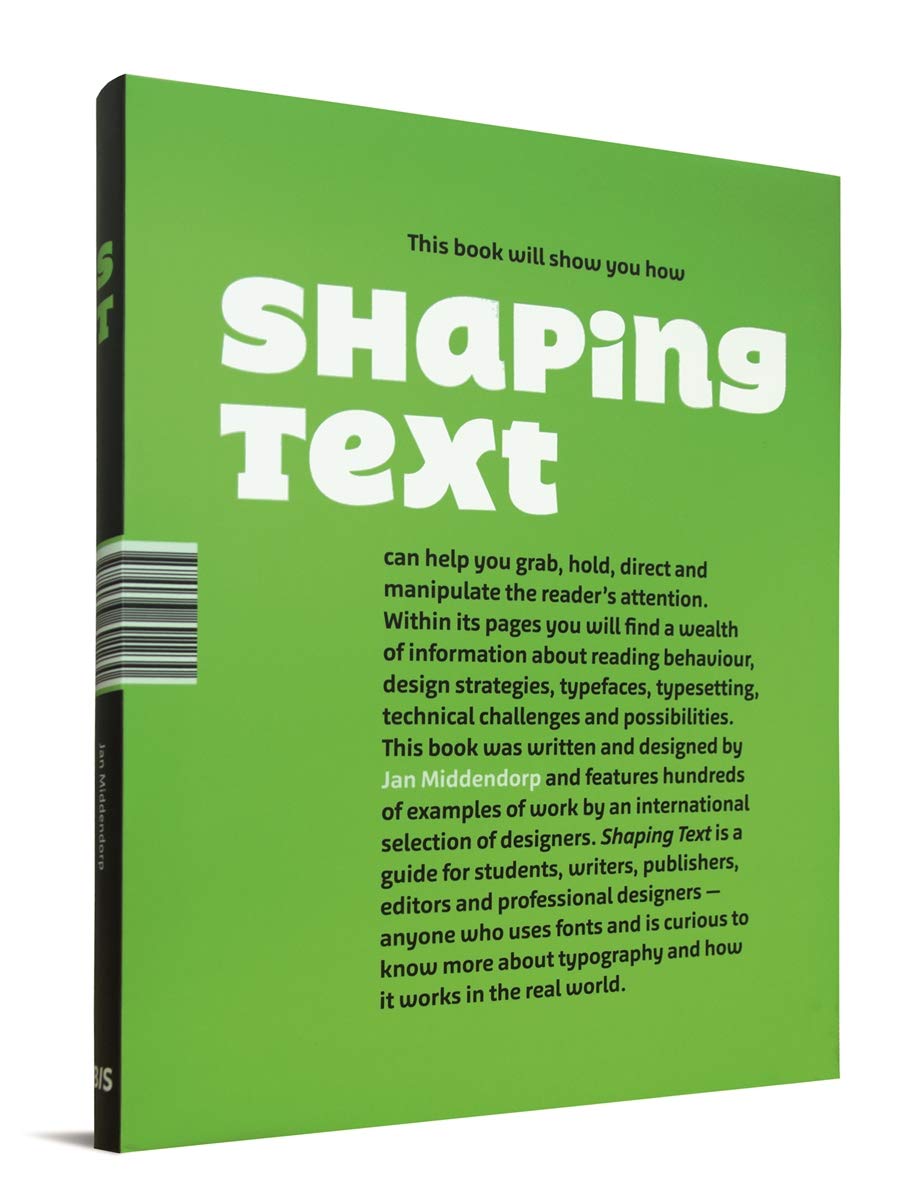About this deal
Examples of complex rendering— SIL international's examples of complex writing systems around the world The letter-size used by newly created texts. It is in pts (points), which is a common standard for fonts that is measured 72 points per inch. It therefore will stay proportionally the same size if you increase or decrease canvas dpi. Anchor/Align text to the left/middle/right We start with a rectangle and a grid with some sample text on it.Note, that for this example I have placed an extra anchor point at the top of the rectangle.Make sure the rectangle is the front most object (Select, then Ctrl-Shift-] to bring to front): or even understand the union of all possible decorations (obviously impossible). Alternatives and Prior Art Now, with the pen tool still active, press Ctrl (the pen changes to the direct select arrow) and select the top center anchor, and Shift-Drag it up a ways (Shift constrains the motion to the default constrain angles, in this case 90 degrees):
Glyph substitution is a mechanism that replaces one glyph or a set of glyphs with one or more alternative glyphs. This is a crucial aspect of text shaping, especially for complex scripts where the representation of a character can significantly vary based on its surrounding characters. For example, in Arabic script, a letter can have different forms depending on whether it's at the beginning, middle, or end of a word. Shaping Text takes a practical and broad approach to typography. It is aimed at design students and graphic designers, and also at those who are concerned with content: writers, editors and publishers. Showing a wide range of examples from first-rate designers across the world, the book examines why and how typographic designs work well in a given context. Particular attention is given to the team play between the text itself – written language – and the design – the shaping of the text – to form a new, multi-level visual message with a complex content. Not all occurrences of these characteristics require CTL. For example, the Greek alphabet has context-sensitive shaping of the letter sigma, which appears as ς at the end of a word and σ elsewhere. However, these two forms are normally stored as different characters; for instance, Unicode has both U+03C2 ς GREEK SMALL LETTER FINAL SIGMA and U+03C3 σ GREEK SMALL LETTER SIGMA, and does not treat them as equivalent. For collation and comparison purposes, software should consider the string "δῖος Ἀχιλλεύς" equivalent to "δῖοσ Ἀχιλλεύσ", [1] but for typesetting purposes they are distinct and CTL is not required to choose the correct form. By now, you've gone through all the steps to learn how to curve text in Affinity Designer. Here's how it should look. I hope you've enjoyed this Affinity Designer tutorial for text on a curve and can apply these techniques in your future projects. Text alignment. This allows you to align text to the left, center it, or to the right. This is called text-anchor because SVG 1.1’s multiline text only uses text-anchor, and this is a slight bit different than text-align (and also the reason justify isn’t available at the moment). Letter Spacing
To create text in a different shape, you can create the text by using WordArt and changing it to the shape you want. Feel free to adjust the final design and make your own Affinity Designer text styles. You can find some great sources of inspiration at Envato Elements, with interesting solutions to improve your design. Popular Affinity Designer Resources From Envato Elements Even though you added the text on the inside of the path, there's a neat technique that you can use to move it to the outside of the path. This process is especially important for scripts that require complex layout, such as Arabic or Indic scripts, where characters change shape depending on their context.
Complex text layout ( CTL) or complex text rendering is the typesetting of writing systems in which the shape or positioning of a grapheme depends on its relation to other graphemes. The term is used in the field of software internationalization, where each grapheme is a character.Now that you've learned how to curve text in Affinity Designer, let's see how you can adjust the position. Now, activate the Direct Select tool (white arrow without the +), then activate the Pen (NOT Pencil) tool.The reason you activate the Direct Select tool before going to the Pen tool, is that when you hit Ctrl combined with most tools, you will revert to the most recently used selection tool.
 Great Deal
Great Deal 